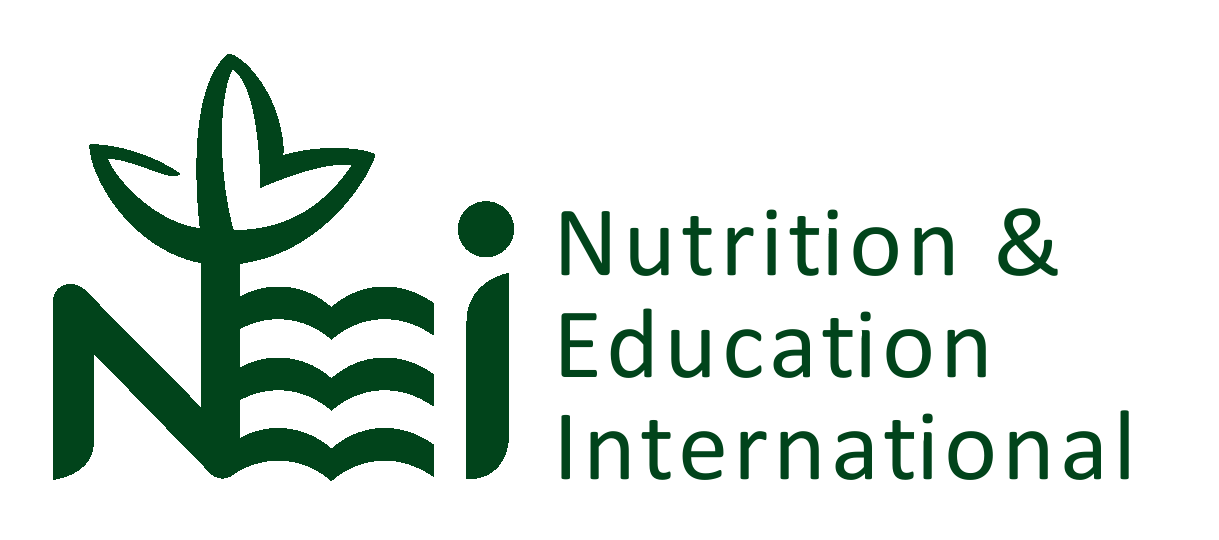
Soybean Farming
A little seed with a lot of potential
Did you know that one ton of soybean seeds can yield up to forty tons of consumable soy? Who would have imagined that such a little bean could do so much? That is why NEI works in partnership with the Afghan government and local farmers to develop a sustainable seed and farming program in Afghanistan. A sustainable seed and farming program provides Afghanistan with a reliable, cost effective, domestic protein source that will improve the health of Afghans for generations to come. (Video: Soy farmers threshing soybeans harvested in 2022.)
Soybean Cultivation with Afghan Farmers
In 2006, the first commercial soybean production began with Afghan farmers. 40 metric tons of two soybean varieties were imported, and 2,000 farmers in 9 provinces received education and training on the nutritional and income potential of soy. By 2010, NEI trained an additional 6,000 new farmers in all 34 provinces. This was achieved through partnership with 600 MAIL extension agronomists, who were trained by NEI’s late Technical Advisor, Professor Oral Myers from Southern Illinois University.
To date, NEI has trained over 125,000 farmers, which have included female farmers and school teachers, in all 34 provinces. After our agriculture training, our farmers receive soybean seeds, fertilizers, and nitrogen-fixing bacteria inoculants. Farmers typically keep half of their harvest for home consumption. This is a practical and effective solution to combat chronic malnutrition. For extra income, our farmers sell the surplus to NEI or to one of the seven soy processing factories built by NEI and local partners. 24 Soybean Farmers Associations have been established throughout Afghanistan. (Hover over the map to read the caption.)
Soybean Science and Technology Workshop
In order to drive understanding and productivity in soy cultivation among governmental agronomist, seed growers, and farmers, NEI started hosting a 2-day soybean science and technology workshop. Each year, the latest soybean science and technology are presented and discussed. We hope this capacity building will further develop the soy industry in Afghanistan.
Our ultimate goal is to produce 300,000 metric tons of soybeans for domestic consumption. This quantity translates to 100,000 metric tons of complete protein, sufficient to defeat protein-energy malnutrition(PEM) among women and children, particularly in rural areas of Afghanistan.










